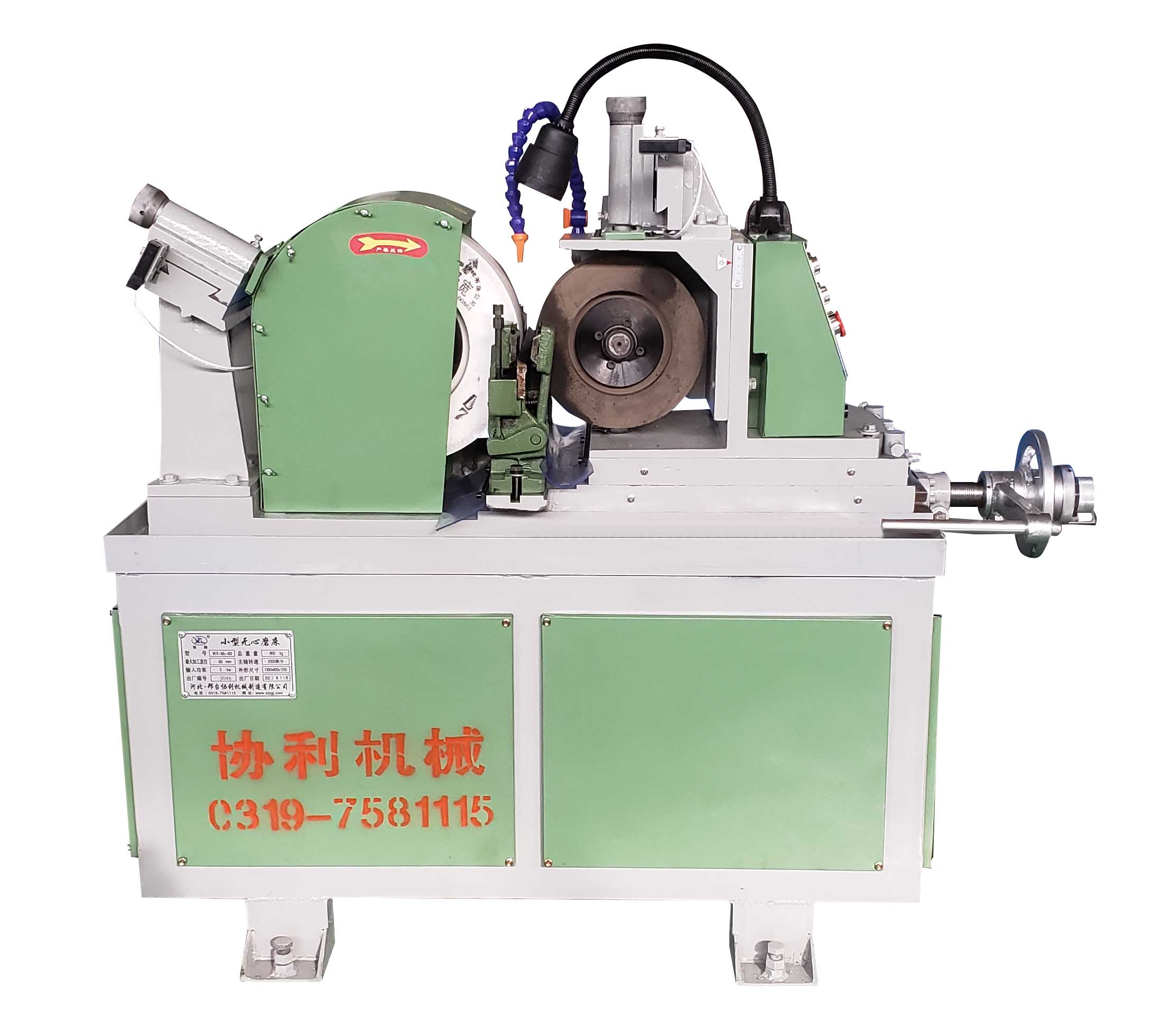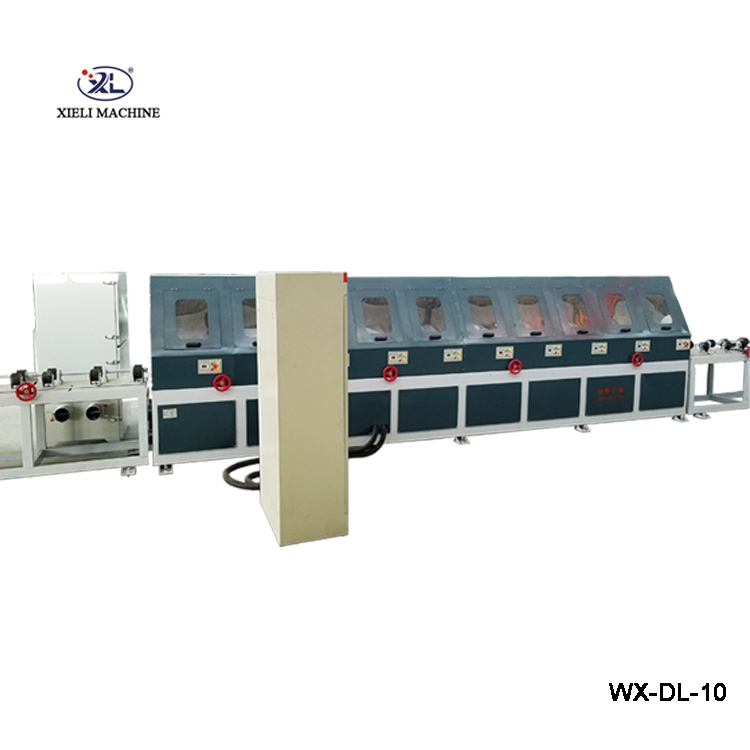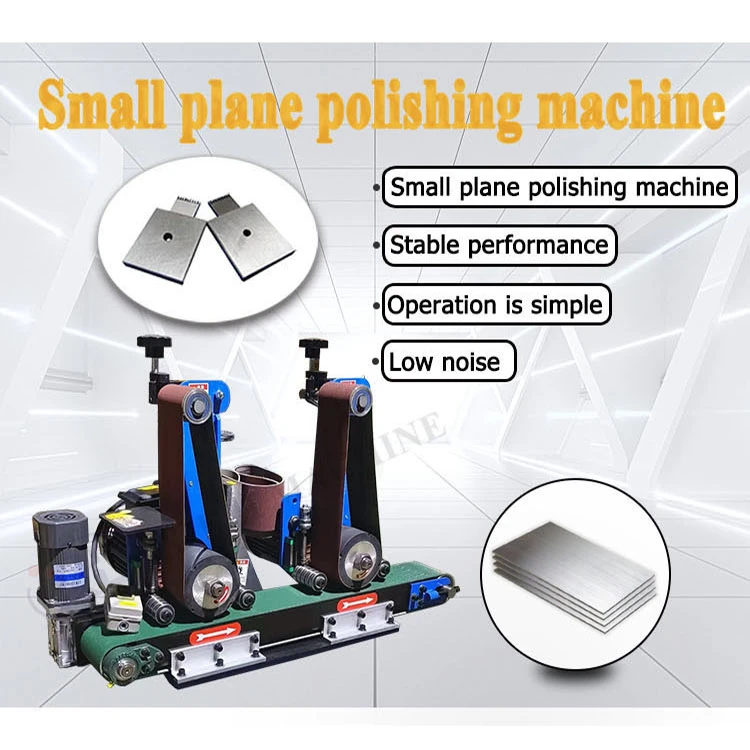Centerless Grinding Machines Precision and Efficiency in Manufacturing
Centerless grinding is a pivotal manufacturing process that ensures precision in the production of cylindrical components. Unlike traditional grinding machines that require specific fixtures, centerless grinding machines employ a unique method that supports the workpiece between two rotating wheels—one that acts as the grinding wheel and the other as a regulating wheel. This innovative design allows for continuous and efficient processing of parts without the need for excessive setups and tooling changes, making it an invaluable asset in modern manufacturing.
One of the primary advantages of centerless grinding is its ability to enhance productivity. The machine's design allows workpieces to be fed through the grinding process automatically. This continuous feed significantly reduces downtime associated with loading and unloading parts, as multiple components can be processed simultaneously. As a result, manufacturers can achieve higher output rates while maintaining stringent tolerances on part dimensions and surface finishes.
Quality control is another critical aspect of centerless grinding. The process is renowned for its capability to produce tight tolerances, often within microns. The precise alignment of the grinding and regulating wheels ensures consistent contact with the workpiece, which translates to uniform dimensions across batches. Moreover, centerless grinding produces a superior surface finish compared to many alternative methods, making it ideal for components that require minimal post-processing.
centerless grinding machine

Centerless grinding machines are versatile and can accommodate a wide range of materials, from metals to plastics. The process can be tailored to suit both high-volume production runs and smaller, custom jobs, depending on the needs of the manufacturer. Additionally, advancements in technology have led to the development of computer numerical control (CNC) centerless grinders, which offer increased automation and improved precision. CNC machines can be programmed for specific jobs, reducing the likelihood of errors and enhancing the overall efficiency of the grinding operation.
Despite the numerous benefits of centerless grinding, there are challenges that manufacturers may face. The setup process can be tricky, as the geometry of the workpiece must be carefully considered to achieve optimal results. Furthermore, not all geometries are suitable for centerless grinding, which may limit its use in certain applications. Nonetheless, the pros generally outweigh the cons, making centerless grinding a go-to solution in industries such as automotive, aerospace, and medical device manufacturing.
In conclusion, centerless grinding machines are an essential tool in the landscape of precision machining. Their efficiency, adaptability, and ability to produce high-quality components make them a preferred choice for manufacturers looking to enhance productivity and maintain stringent quality standards. As technology progresses, the role of centerless grinding is likely to expand, further solidifying its place as a cornerstone in the world of manufacturing.





